Cold cases have long fascinated both law enforcement and the public, leaving lingering questions and a sense of injustice. However, recent advancements in forensic technology, combined with persistent investigative efforts, have led to breakthroughs in several unsolved mysteries.
The Golden State Killer

One of the most notorious cold cases in recent history, the hunt for the Golden State Killer spanned decades. This elusive serial rapist and murderer terrorized California in the 1970s and 1980s. In 2018, investigators used DNA evidence and genealogy databases to identify Joseph James DeAngelo as the perpetrator. This groundbreaking approach marked a turning point in cold case investigations, showcasing the power of genetic genealogy in solving crimes.
The Lady of the Dunes
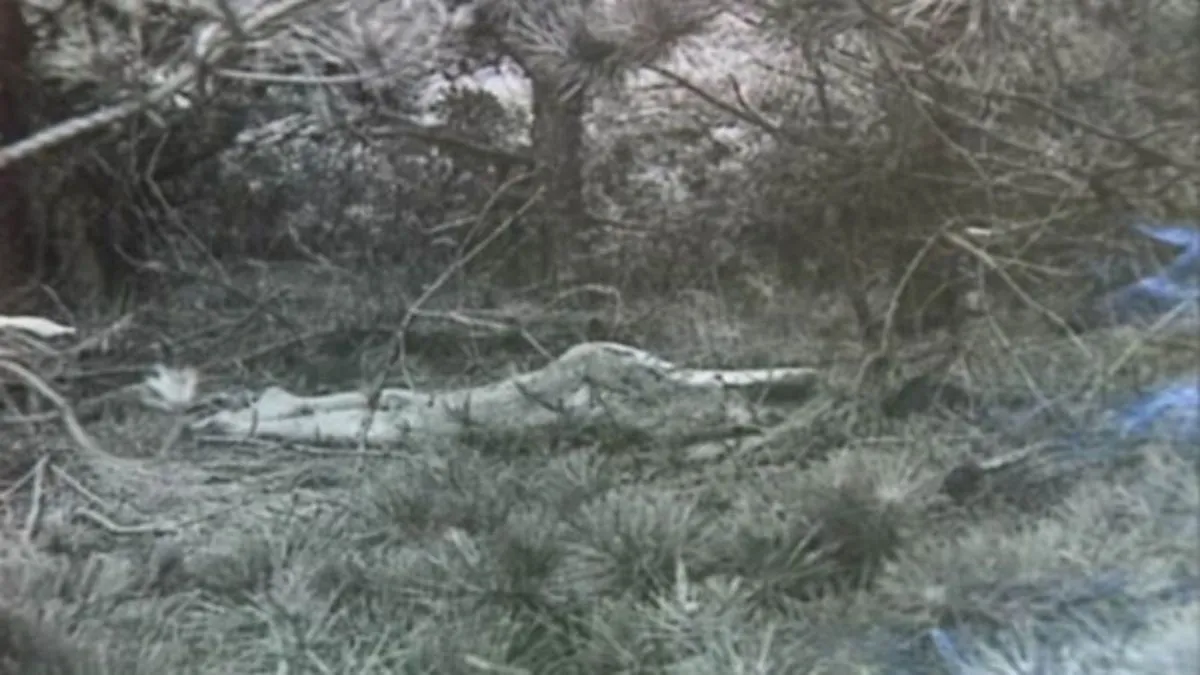
In 2018, Richard Hanchett embarked on a journey to uncover the identity of his birth mother, who had placed him for adoption in 1958. Using Ancestry.com, he submitted his DNA and identified his mother as Ruth Marie Terry from Tennessee.
Tragically, he discovered that she had been reported missing many years ago. Fast forward to 2022, the FBI officially matched the Lady of the Dunes to Ruth Marie Terry through DNA testing. Although her remains had been exhumed in 2000 for DNA collection, it wasn’t until advancements in genetic genealogy that her identity was established. Hanchett, who had initiated the search for his unknown biological mother four years prior, willingly provided a DNA sample at the investigators’ request, confirming Ruth Marie Terry as his biological mother. Subsequent investigations revealed that Guy Rockwell Muldavin, Terry’s now-deceased husband, was likely responsible for her death. Muldavin was also suspected in the deaths of his wife and stepdaughter in 1960.
The Murder of Vickie Lynn Belk

In Charles County, Maryland, authorities have used advanced forensic DNA technology to solve a 44-year-old murder case, providing closure to the family of the victim, Vickie Lynn Belk. A hardworking single parent from a notable Alexandria family, Vickie’s mysterious disappearance and subsequent discovery, raped and shot, haunted her family for decades.
The arrest of 63-year-old Andre Taylor was made possible by new DNA technology, marking a significant development for a family that created a foundation in Vickie’s name, awarding scholarships to over 100 students. For them, the murder had been a persistent cloud, and now, with a name and face attached to the crime, there’s a semblance of closure and progress in the healing process. Taylor had a history with the law, having faced murder charges in 1980 and 1989.
The Long Island Serial Killer
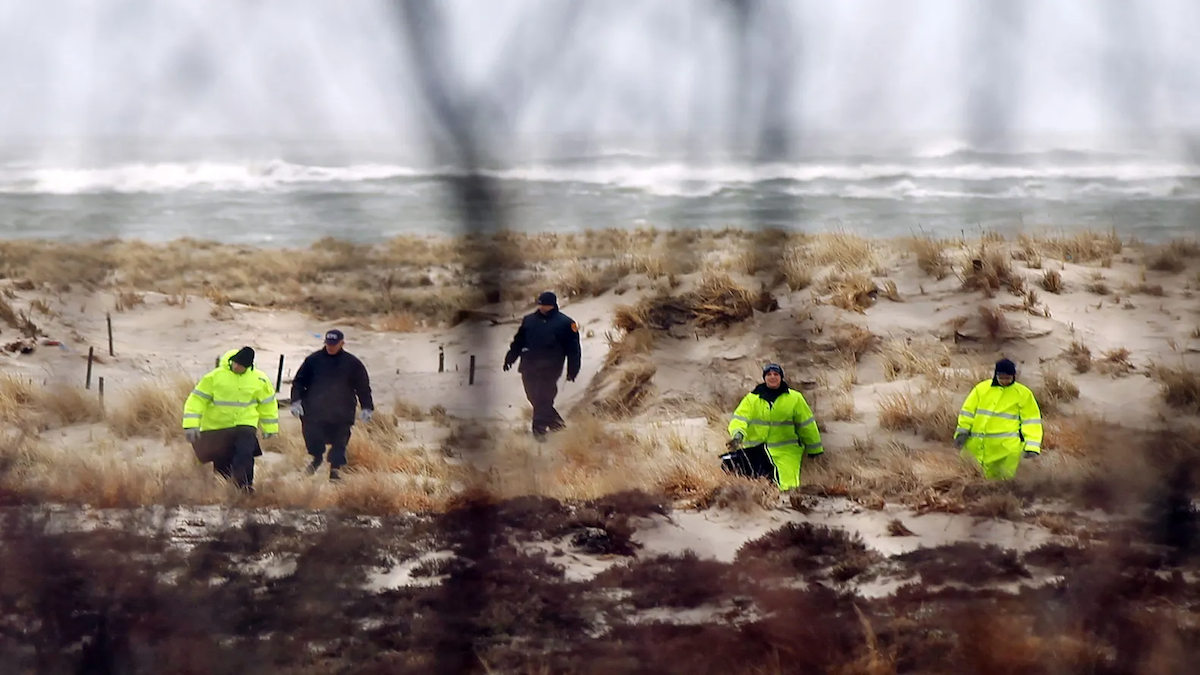
The Long Island Serial Killer case involves the discovery of numerous bodies along Gilgo Beach in New York. Rex Heuermann was charged with murder in the deaths of three victims in 2023 more than 15 years after the first victim disappeared. The charges were brought forth after DNA extracted from a pizza consumed by Heuermann matched a male hair discovered on the remains of one of the victims. The victims identified in the case are Melissa Barthelemy, 24, Megan Waterman, 22, and Amber Costello, 27, whose bodies were discovered along a Long Island beach roadway in 2010. Heuermann entered a plea of not guilty to three counts each of first- and second-degree murder.
The Zodiac Killer
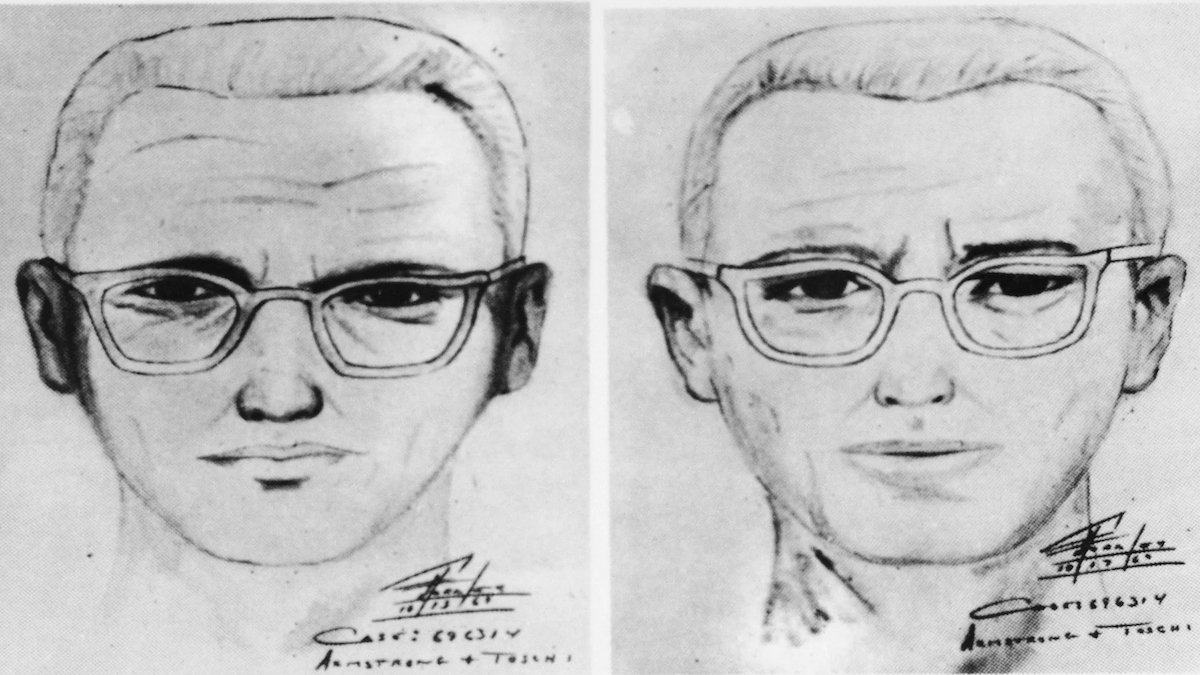
One of the most infamous serial killers in American history, the Zodiac Killer terrorized California during the late 1960s and early 1970s, taunting authorities with cryptic letters and codes. The case remained unsolved for decades until a breakthrough in 2020. Using forensic genealogy, investigators identified Gary Francis Poste as a likely suspect. Though the case is not officially closed, this development represents a significant step forward in demystifying the identity of the Zodiac Killer.
The Boy in the Box
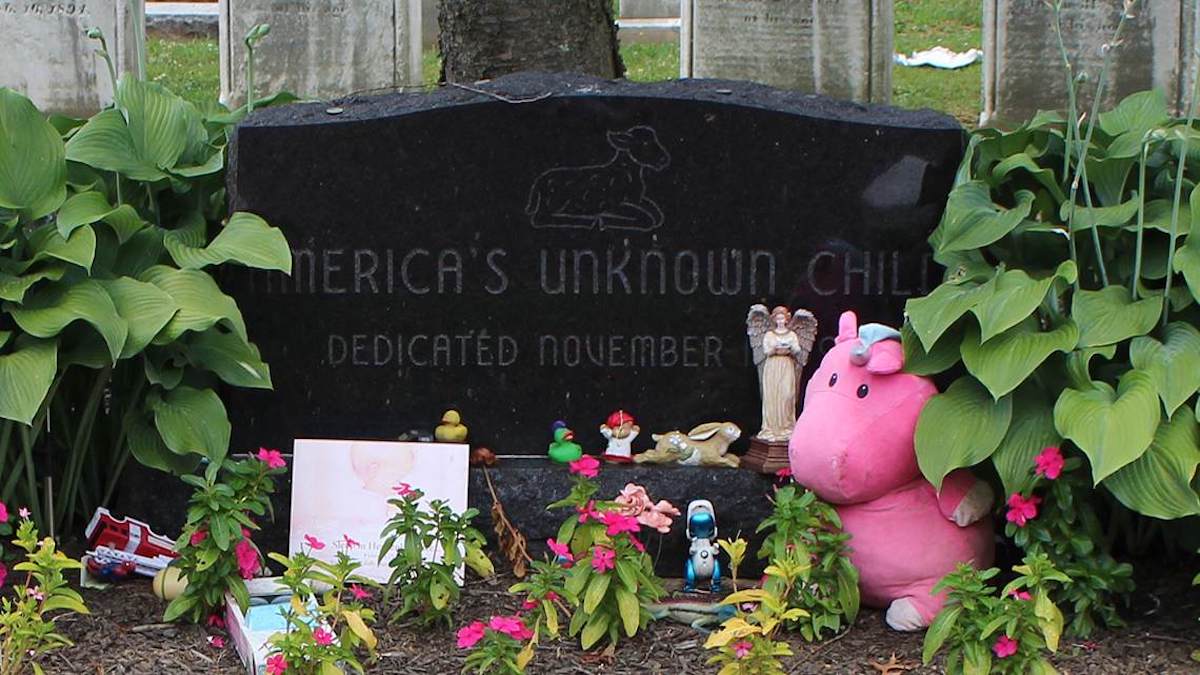
One of America’s oldest unsolved mysteries involves the discovery of an unidentified young boy in a cardboard box in Philadelphia in 1957. Despite extensive efforts to identify the child, the case remained cold for over six decades. In 2022, forensic genealogy played a pivotal role in identifying the boy as 4-year-old Steven Damman. The breakthrough serves as a poignant example of how technology can bring closure to even the oldest and most perplexing cases.
The Bear Brook Murders
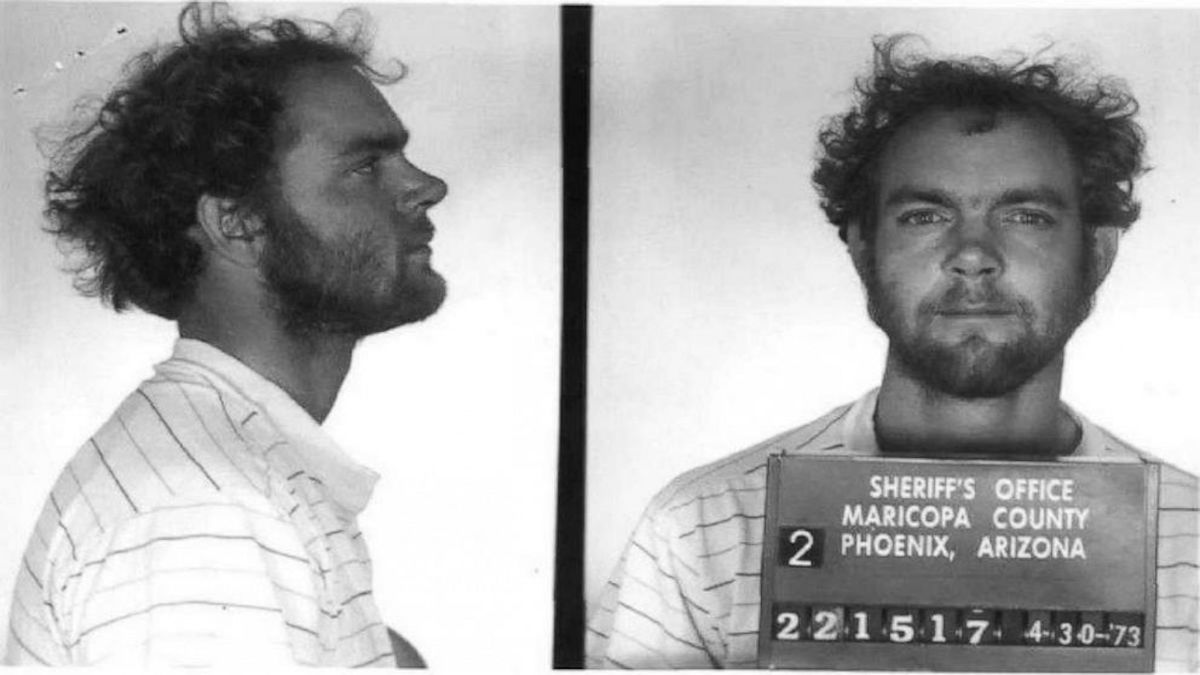
In 1985, a hunter stumbled upon two barrels in Bear Brook State Park in Allenstown, New Hampshire, each containing the bodies of a woman and a young girl. The case went cold for years, and the victims remained unidentified until 2019. Breakthroughs in forensic genetic genealogy led to the identification of the victims and the discovery of two additional bodies in a second barrel, unveiling a family mystery spanning decades. The identification of the killer as Terry Peder Rasmussen, known as the “Chameleon Killer,” showcased the power of genetic genealogy in solving complex cases and brought closure to a long-standing enigma.
The Grim Sleeper

Dubbed the “Grim Sleeper” due to the extended periods of apparent dormancy between murders, the case haunted Los Angeles for more than two decades. Lonnie David Franklin Jr. was linked to a series of murders dating back to the 1980s, primarily targeting African-American women. Despite an extended investigation, the trail went cold, leaving the perpetrator at large. In 2010, familial DNA searching and advancements in forensic genealogy brought new leads. By analyzing DNA collected from crime scenes, investigators were able to connect Franklin’s relatives, eventually leading to his arrest. In 2016, Franklin was convicted of ten counts of murder and one count of attempted murder, providing justice to the victims and their families.
The Murder of Valerie Reyes
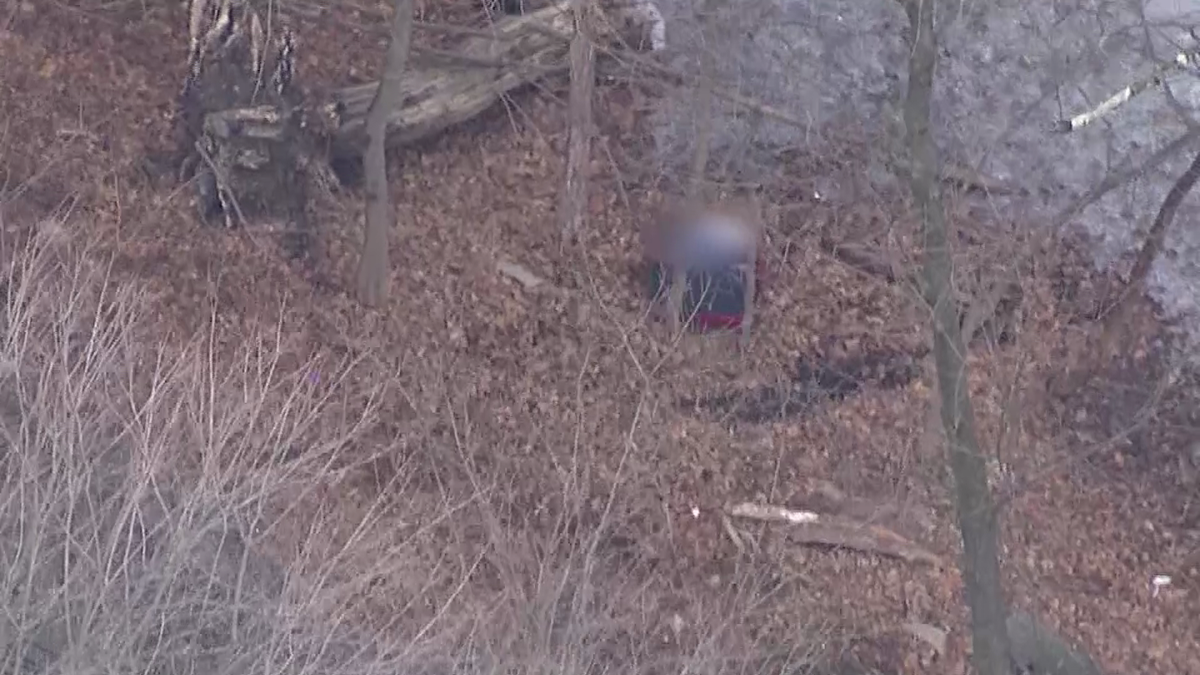
In 2017, the body of an unidentified woman was discovered in a suitcase near Times Square in New York City, sending shockwaves through the community. The victim, later identified as Valerie Reyes, had been strangled, and the case initially baffled investigators. In 2019, technological advancements in surveillance footage analysis and forensic techniques played a crucial role in identifying Javier da Silva as the perpetrator. Da Silva’s subsequent arrest and confession brought closure to a case that had unnerved residents and underscored the role of modern investigative methods in solving crimes.
The reopening of cold cases is a testament to the relentless pursuit of justice and the evolving capabilities of forensic science. Advancements in DNA technology, forensic genealogy, and a commitment to solving unsolved mysteries have brought closure to some families and renewed hope for others. As technology continues to progress, we can anticipate more breakthroughs in cold case investigations, providing answers to questions that have lingered for years.

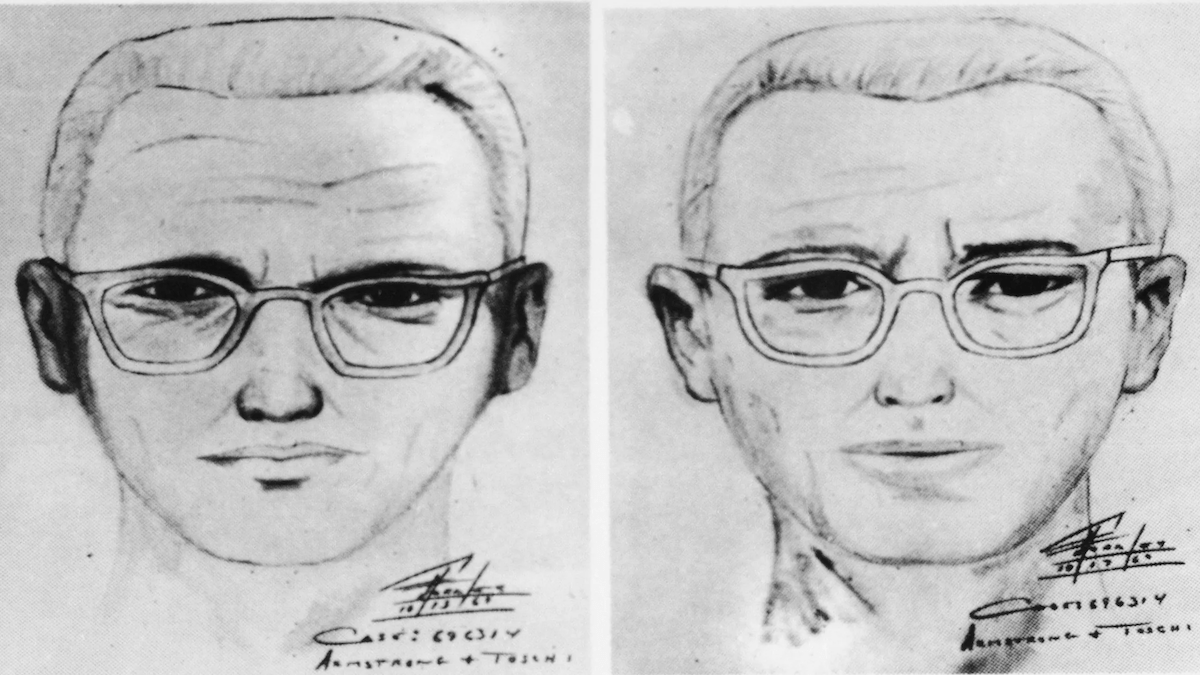




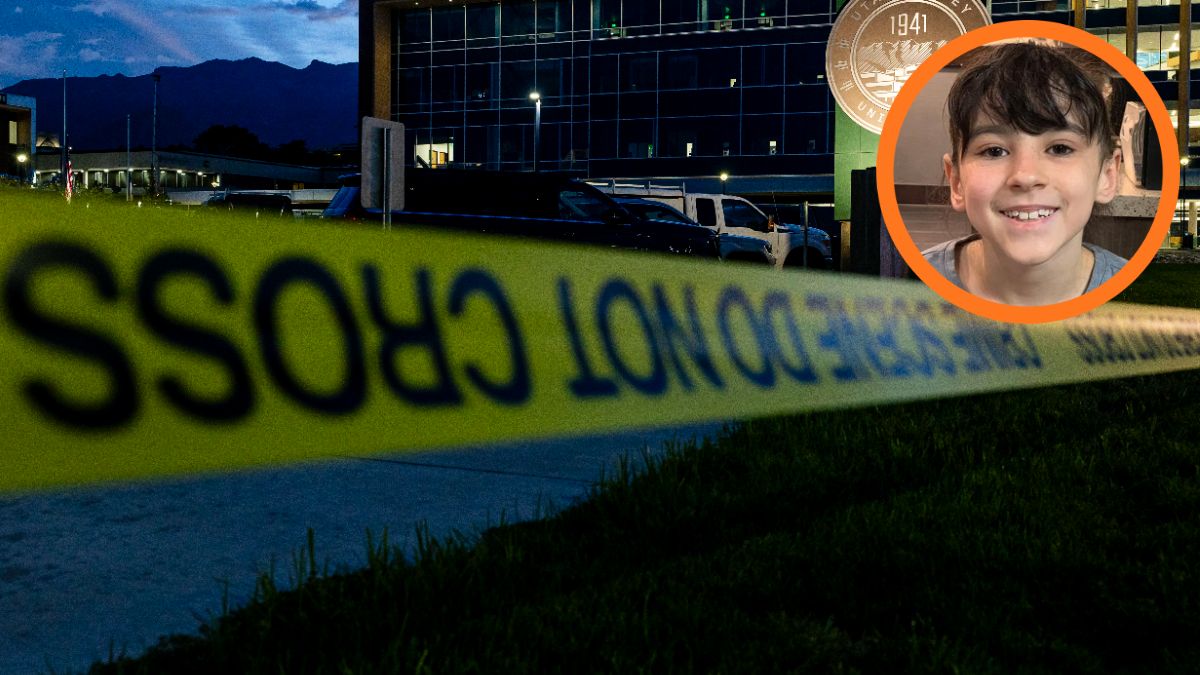




Published: Dec 7, 2023 06:28 pm